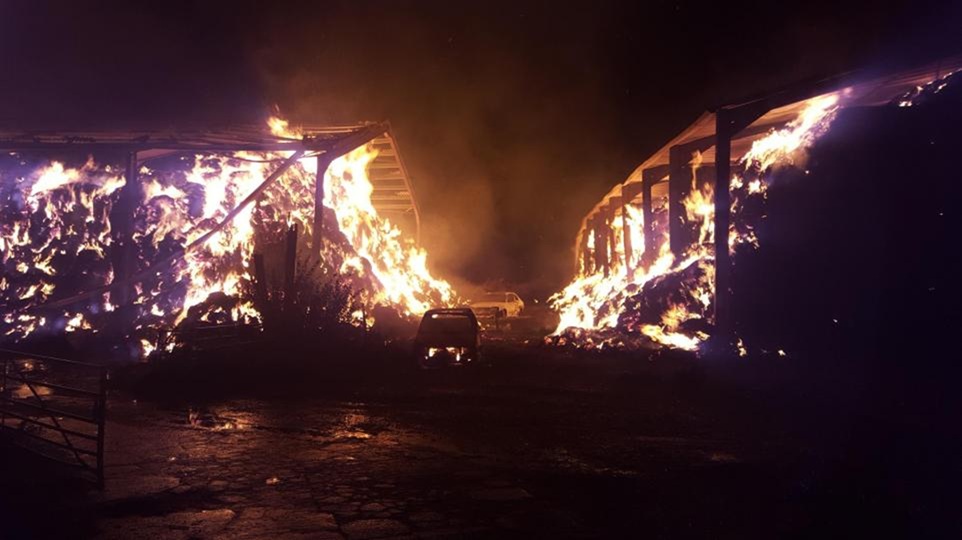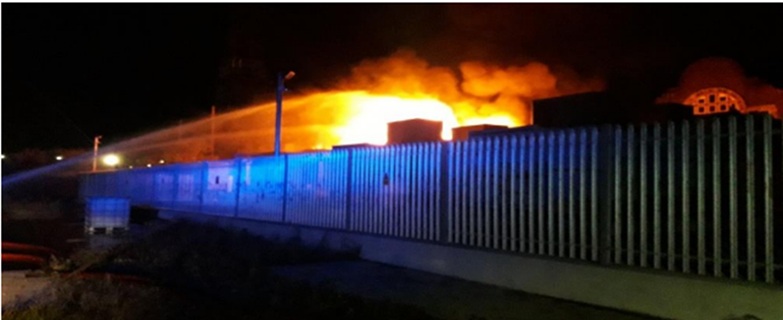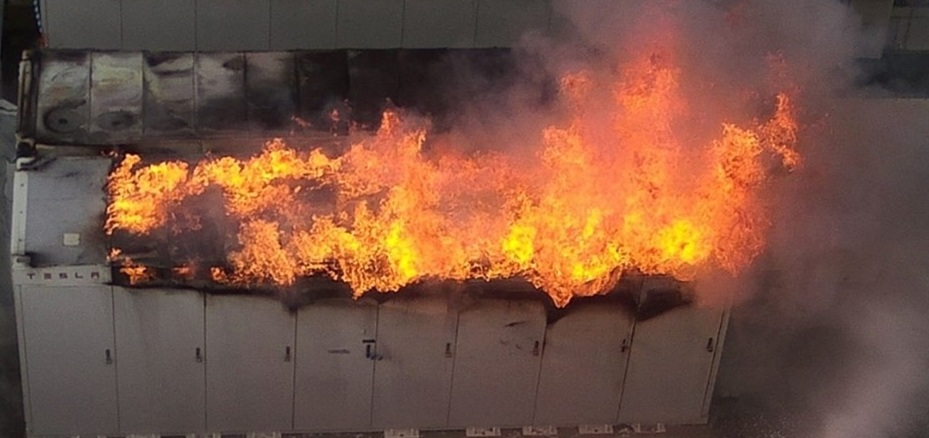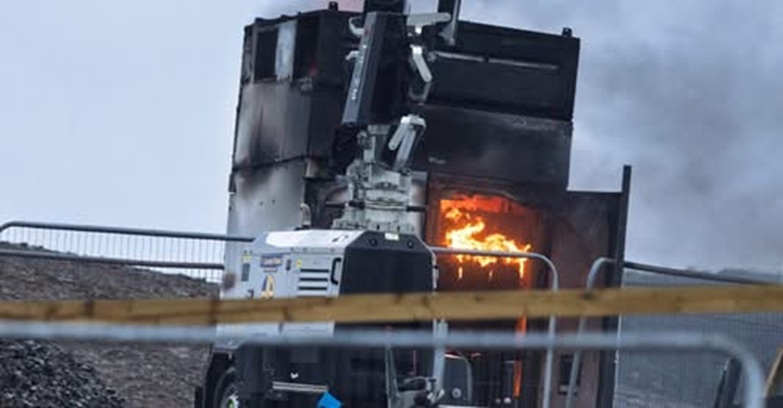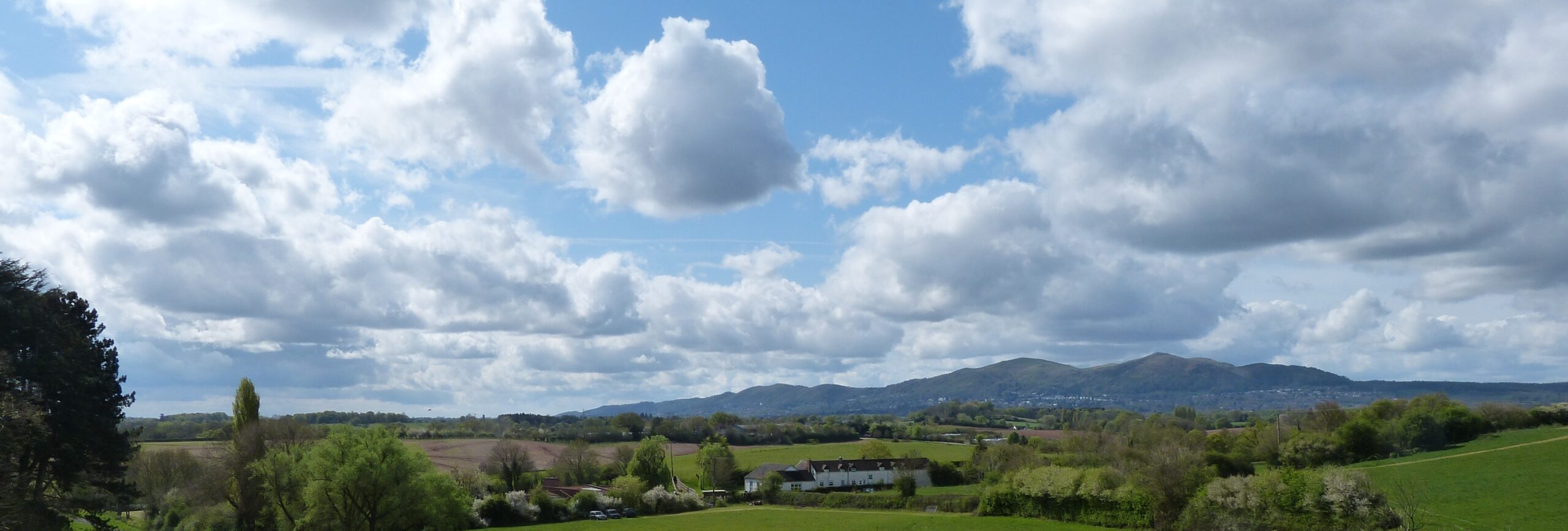
Solar Farm fire risk is very real when the solar farm contains a Battery Energy Storage System (BESS). On this page, we explain what this means to local residents living near the proposed development.
In summary, and using RWE’s own methodology , the likelihood of fire during the life time of the solar farm is almost one in five. We believe this is too high given the potential consequences for residents’ health and permanent environmental contamination in the event of Thermal Runaway.
Fire Risk
What is risk?
Risk can be thought of as the combination of likelihood and consequence. An event has a higher risk if it is either more likely to occur, has serious consequences when it does, or both.
BESS Fire Consequence
BESS fires can have severe consequences, particularly if “thermal runaway occurs”. A briefing note from professor Peter Dobson OBE of Oxford University states “During a thermal runaway incident many toxic and harmful gaseous and particulate emissions are released, usually requiring evacuation of surrounding areas. Further environmental hazards result not only from these toxic emissions to air and ground, but also from the millions of litres of water cooling which is applied to the affected area to help prevent the fire spreading. This results in toxic compounds in the firewater run-off. Fluorinated compounds in the fumes and the firewater are toxic – even in small amounts – and have a long lifetime in the environment, which could last for decades”.
BESS Fire Likelihood
In their planning application, RWE’s safety management plan states a fire rate per hour for BESS’s of 0.000000186 per hour. This equates to a 6.32% chance of one or more fires in the lifetime of a single BESS during the expected 40-year lifetime of the solar farm.
However, their calculation is predicated on there only having been a single BESS fire in the UK. So far in 2025 there have been three further BESS fires in the UK. Extrapolating RWE’s methodology to incorporate these fires, even allowing for the increase in operating hours since July 2024, raises the likelihood of one or more fires at Monksfield Solar Farm in its lifetime to 19.41%, almost one in five! The recent fires suggest that these fires are likely to occur early in the life of a BESS, either before becoming operational or during the first few years of operation.
RWE’s safety report was produced by a risk management consultancy and RWE’s representative stated in a public meeting at Powick Village Hall that RWE were very confident in their risk calculation.
Our interpretation
Given the proximity of the development to local population, local water courses such as Carey’s Brook and local wildlife including protected species, we believe that this risk is too high.
Furthermore, we believe that stating the likelihood of risk in hours rather than years or as we have done, the lifetime of the development is a further attempt to mislead planning officers, the public and their elected representatives.
It is interesting that in his briefing note, which can also be downloaded from the government’s planning inspectorate website, Professor Dobson states: “Some cities and regions in other countries have issued a moratorium on LiBs until adequate safety regulations are in place. This must surely be the most sensible approach in the immediate term”
Lack of water supply
The challenges in getting water to these remote locations was made clear, ironically, by a fire at Monksfield Farm in 2016. It is perhaps ironic that the landowner who complained about the delay in obtaining water now wishes to have BESS storage facilities on his land as part of this application! Click the image below to read more.
QUICK LINKS
Gallery
Click to download the briefing note on BESS fire risk by Professor Dobson OBE

BESS Fire – Carnegie Road, Merseyside – 2020
THis was the UK’s first Battery Energy Storage System Fire – there have been 3 in the first 3 months of 2025 alone!

